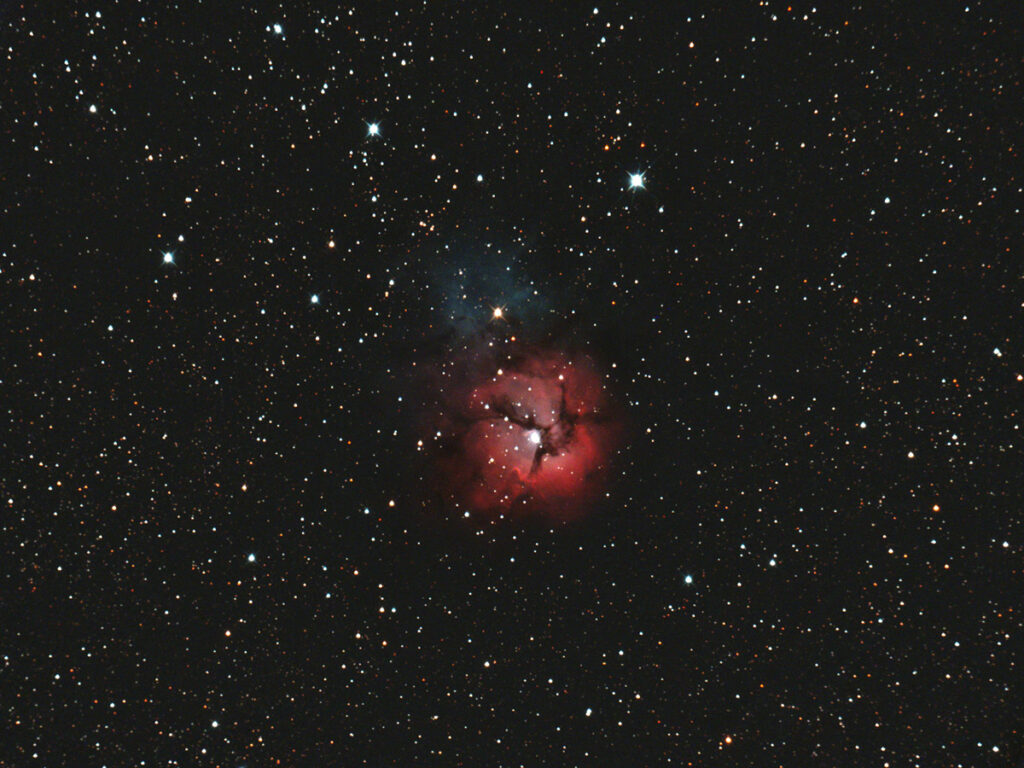
Telescope: Celestron C11 @ f/25, Orion Atlas EQ-G
Camera: ZWO ASI462MC, 2.5x Powermate
Filter: Meade IR cut filter
Seeing: poor, 2/5
Exposure 6x(3min x 10ms), gain 300, saved as SER
White Balance: Nebulosity Automatic
Software: SharpCap Pro, AutoStakkert, Registax, WinJUPOS, Nebulosity, Photoshop
This is the first test image taken of Jupiter using my ASI462MC on my C11. Oval BA shows a bit of color and a hint of detail. I need to work on optimizing the camera settings, but overall not a bad start.









Recent Comments